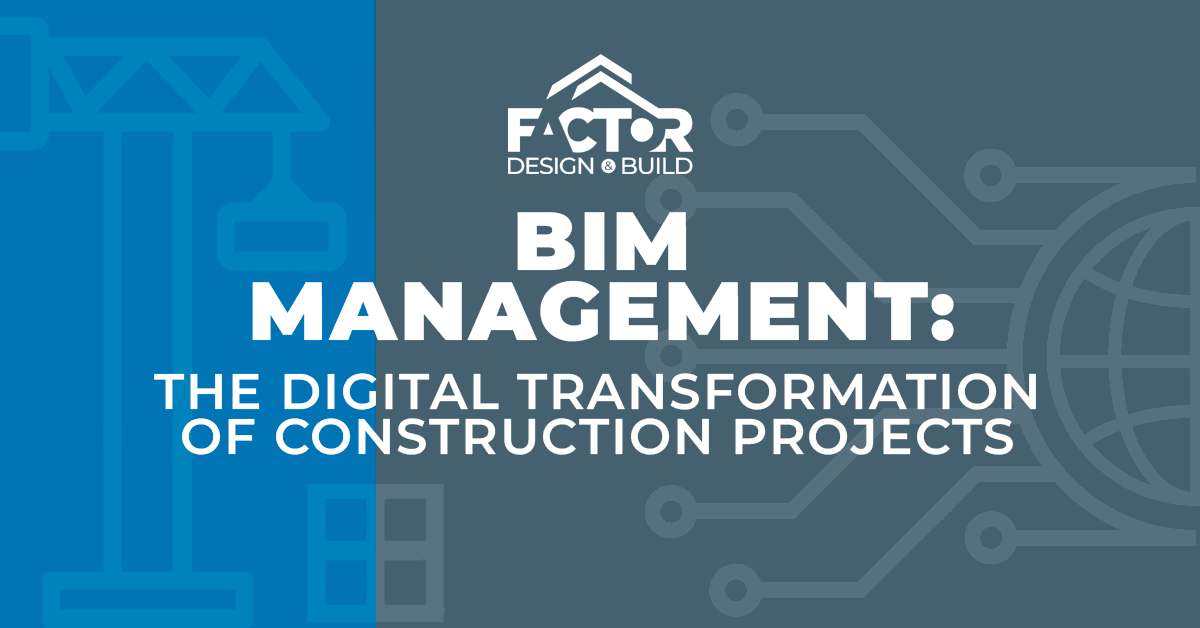
In an era where efficiency, precision, and collaboration are critical, Building Information Modeling (BIM) Management has emerged as the backbone of modern construction and architecture. At FACTOR INTERNATIONAL, we leverage BIM methodologies to optimize project execution, reduce risks, and enhance decision-making across all phases of development—from conceptual design to facility management.
As specialists in healthcare construction and large-scale infrastructure, we understand that BIM is not just a tool but a collaborative process that transforms how buildings are designed, constructed, and maintained.
What Is BIM Management?
Beyond Traditional 3D Modeling
Unlike conventional CAD drawings, BIM is an intelligent, data-rich process that creates digital representations of a building’s physical and functional characteristics. It integrates:
- 3D modeling for spatial coordination
- 4D (time scheduling) for construction sequencing
- 5D (cost estimation) for budget control
- 6D (sustainability analysis) for energy efficiency
This multidimensional approach ensures that architects, engineers, contractors, and owners work from a single source of truth, minimizing errors and conflicts.
Why BIM Is a Game-Changer in Construction
1. Enhanced Collaboration Across Teams
BIM breaks down silos by allowing real-time collaboration among stakeholders. Whether it’s architects adjusting designs, MEP engineers optimizing systems, or contractors planning logistics, everyone accesses and updates the same model. This transparency prevents costly miscommunication and delays.
2. Conflict Detection & Risk Mitigation
Through clash detection, BIM identifies design conflicts (e.g., ductwork interfering with structural beams) before construction begins. In hospital projects, where mechanical, electrical, and medical systems must integrate seamlessly, this capability is invaluable.
3. Cost & Time Savings
Studies show that BIM can reduce construction costs by up to 20% and project timelines by 15-30% by:
- Minimizing rework
- Improving procurement accuracy
- Enabling prefabrication of components
4. Lifecycle Management & Facility Maintenance
BIM doesn’t end at construction—it supports long-term facility management. Hospital administrators, for example, can use BIM data to track equipment warranties, plan maintenance, and even simulate emergency scenarios.
FACTOR INTERNATIONAL’s BIM Expertise
BIM in Healthcare & Critical Infrastructure
We implement BIM Level 3 (full integration) for:
- Operating room layouts ensuring compliance with medical standards
- MEP coordination in laboratories and ICUs
- Phased construction planning for operational hospitals
Our BIM Process Delivers:
✔ Greater precision in complex builds
✔ Streamlined approvals with regulatory bodies
✔ Data-driven sustainability through energy modeling
The Future of BIM: Smarter, More Connected Projects
As AI and IoT integrate with BIM, we’re moving toward:
- Predictive analytics for maintenance
- Digital twins for real-time building monitoring
- VR/AR walkthroughs for client approvals
For forward-thinking firms, BIM isn’t optional—it’s the foundation of efficient, sustainable, and future-ready construction.
Interested in implementing BIM on your next project? Our team specializes in tailoring BIM strategies to healthcare, industrial, and commercial builds.

Leave Your Comment Here